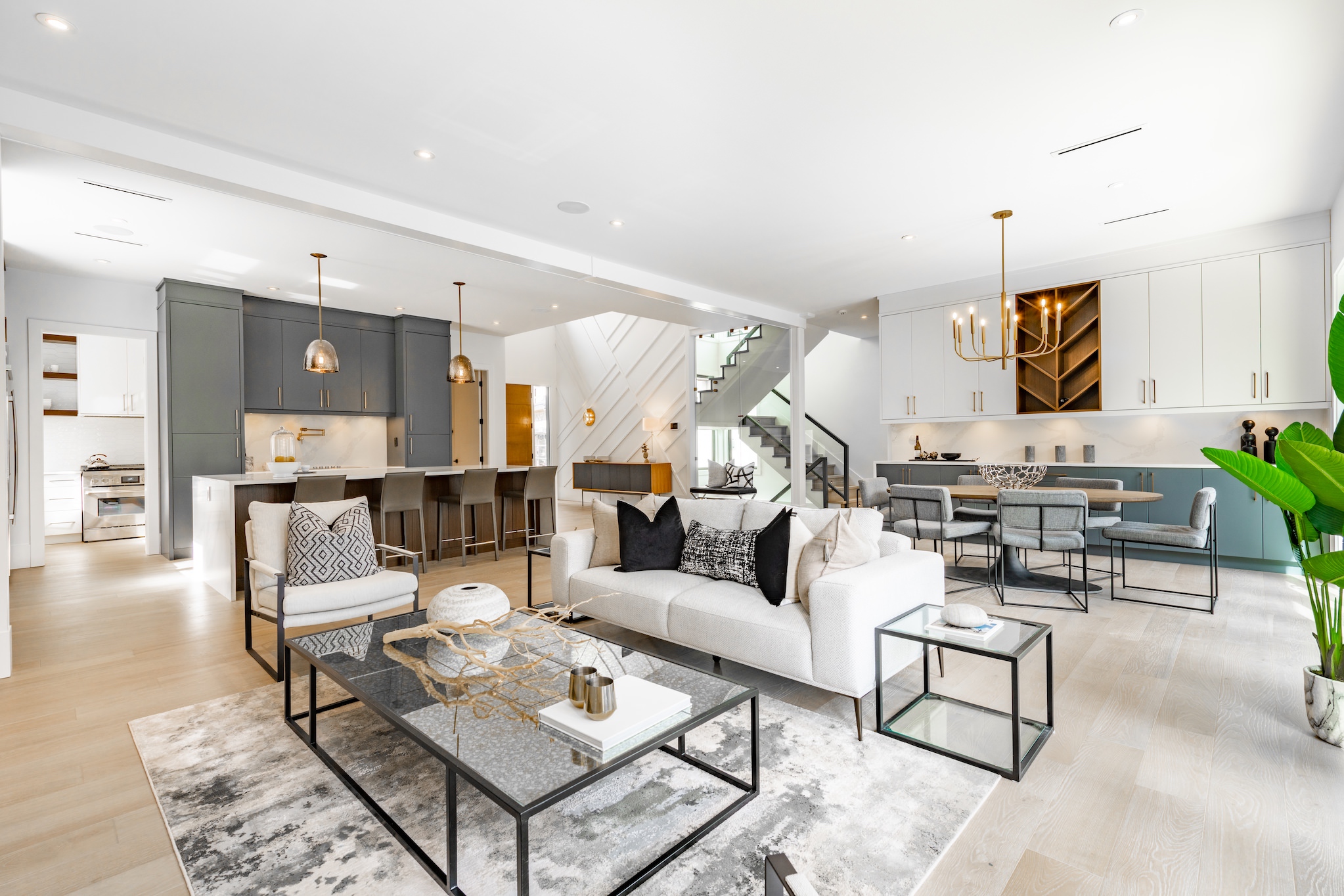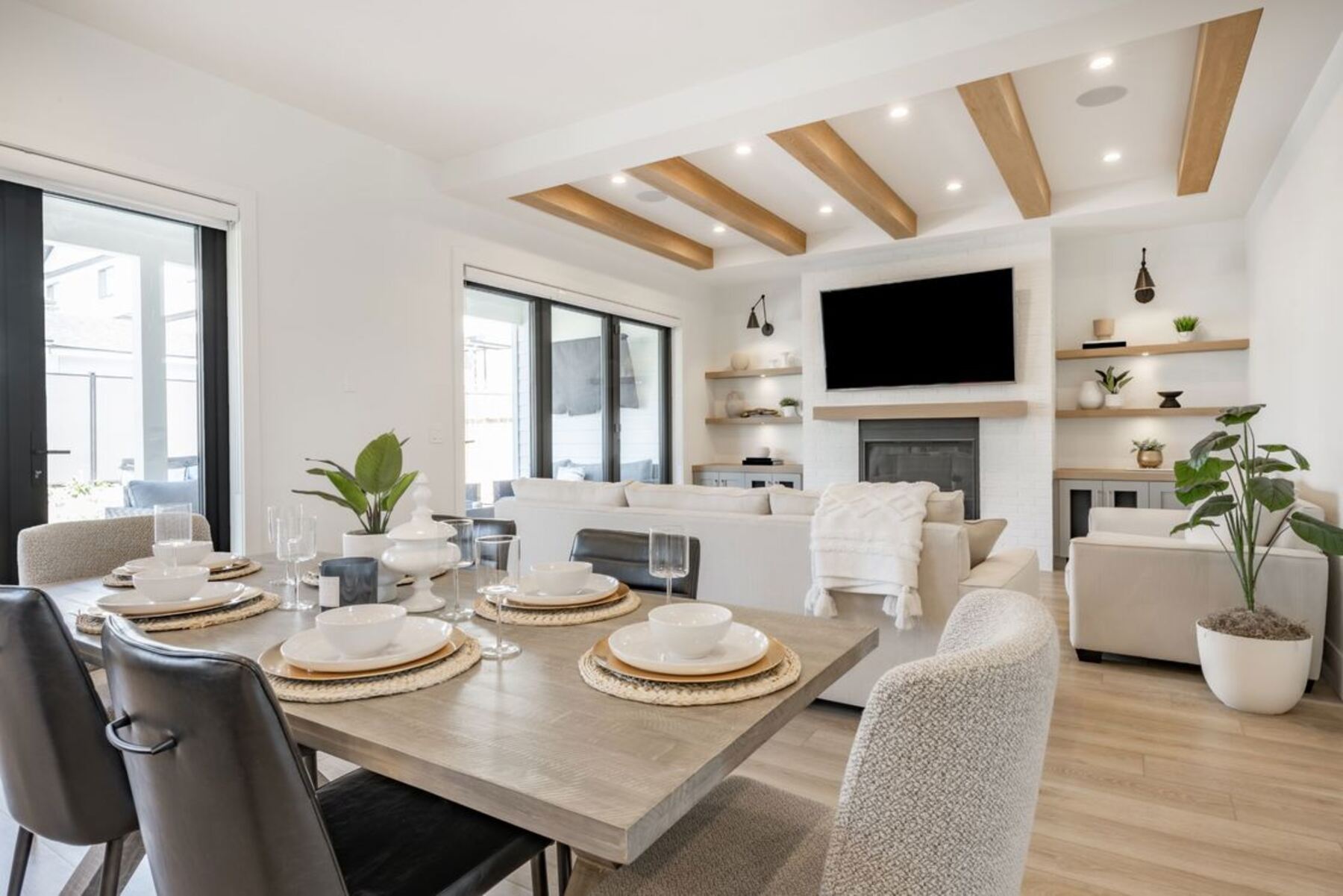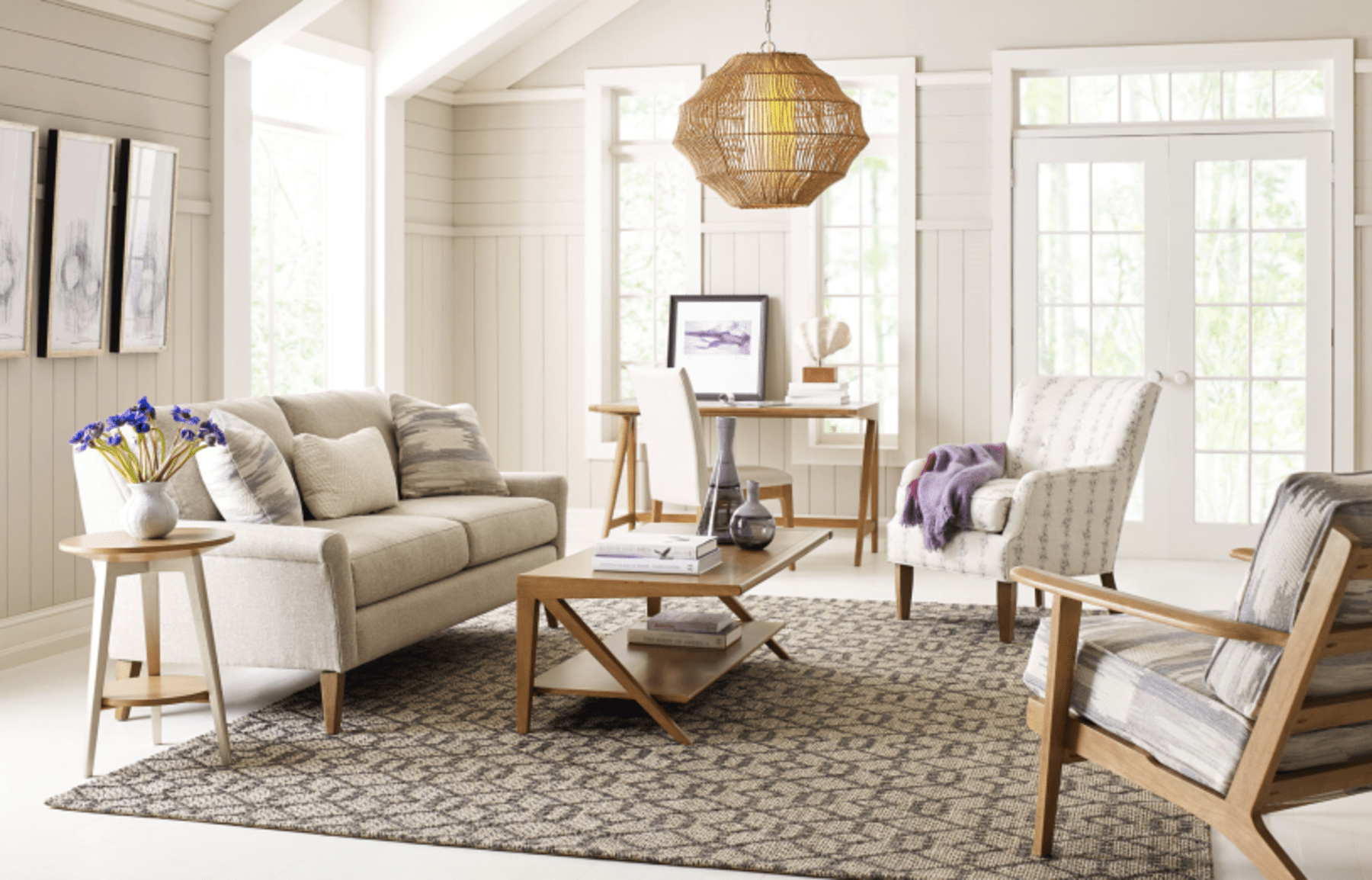Discovering the essence of sustainable interior design has opened my eyes to a world of fresh possibilities, guiding us toward a more refined and harmonious way of life.
This article is devoted to shedding light on “why sustainability is important in interior design,” examining its practical applications, and underscoring why it stands as a fundamental consideration for every architect as we work together for a brighter future.
Why Is Sustainability Important in Interior Design?
The concept of sustainability is of utmost importance, as it directly influences the quality of our lives and the intricate balance of Earth’s ecosystems. Embracing sustainable practices is our way of preserving the very foundations that sustain life on our planet.
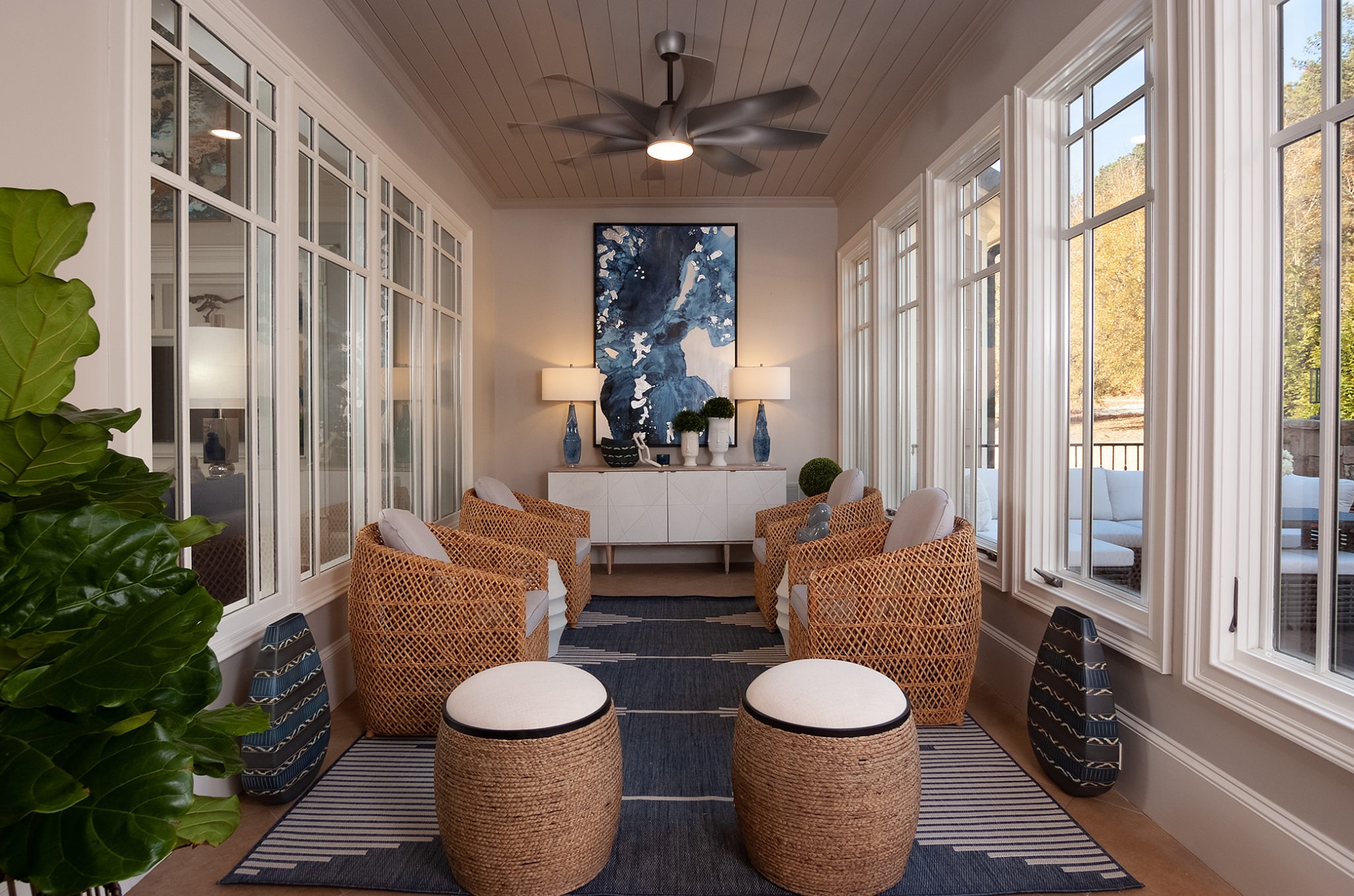
It’s imperative to recognize that our finite reservoirs of fossil fuels are diminishing steadily, compelling us to take proactive measures.
- Sustainability is vital for maintaining the delicate balance of Earth’s ecosystems and improving our quality of life
- Depletion of finite fossil fuel reserves makes proactive, sustainable practices essential
- Interior designers have a unique responsibility to incorporate eco-friendly principles
- Using green materials and promoting energy efficiency in interior design contributes to a sustainable future
Defining Sustainability in Interior Design
Sustainability in design involves seamlessly incorporating economically and ecologically responsible materials into interior design. It’s about designing spaces that are not only visually appealing but also environmentally conscious while considering the entire lifecycle of these materials to reduce their environmental impact.
This is one of the problems interior designers need to find solutions to while fusing creativity with a deep commitment to sustainability in every aspect of their work.
What Is the Difference Between Sustainable Design and Green Design?
We sometimes use the phrases ‘green design’ and ‘sustainable design’ interchangeably, primarily because both revolve around the essential concept of protecting the environment, addressing concerns such as water pollution, air quality, and waste management. Nevertheless, it’s vital to distinguish the notable differences between these two approaches.
Green design primarily focuses on the immediate or short-term environmental effects of design elements. In contrast, sustainable design adopts a more holistic viewpoint, considering not only environmental aspects but also social, human, performance, and financial implications.
Sustainability also stretches to encompass the long-term impacts of design choices, placing emphasis on a building’s enduring role in its intended use, the well-being of its occupants, and its broader environmental footprint.
How to Design Interiors with a Sustainable Approach
I see eco-friendly designs as a way to raise awareness of why sustainability is important in interior design service in Vancouver British Columbia. It involves a modern approach to repurposing materials, which can breathe new life into furniture and appliances to suit our current needs better.
One crucial aspect of eco-design is creating energy-efficient equipment to reduce greenhouse emissions. It also emphasizes using natural light and solar energy, which not only lowers energy consumption but also reduces our reliance on artificial lighting. The choice of colors also plays a role in minimizing the need for artificial lighting.
Eco-design encourages using recyclable materials, diverting items that threaten our natural resources away from landfills. This approach not only reduces carbon footprints and radio emissions but also lessens the environmental consequences of the industrial revolution.
Thankfully, solutions are available to help us manage and repurpose various products and materials, making it possible to create healthier, more sustainable spaces.
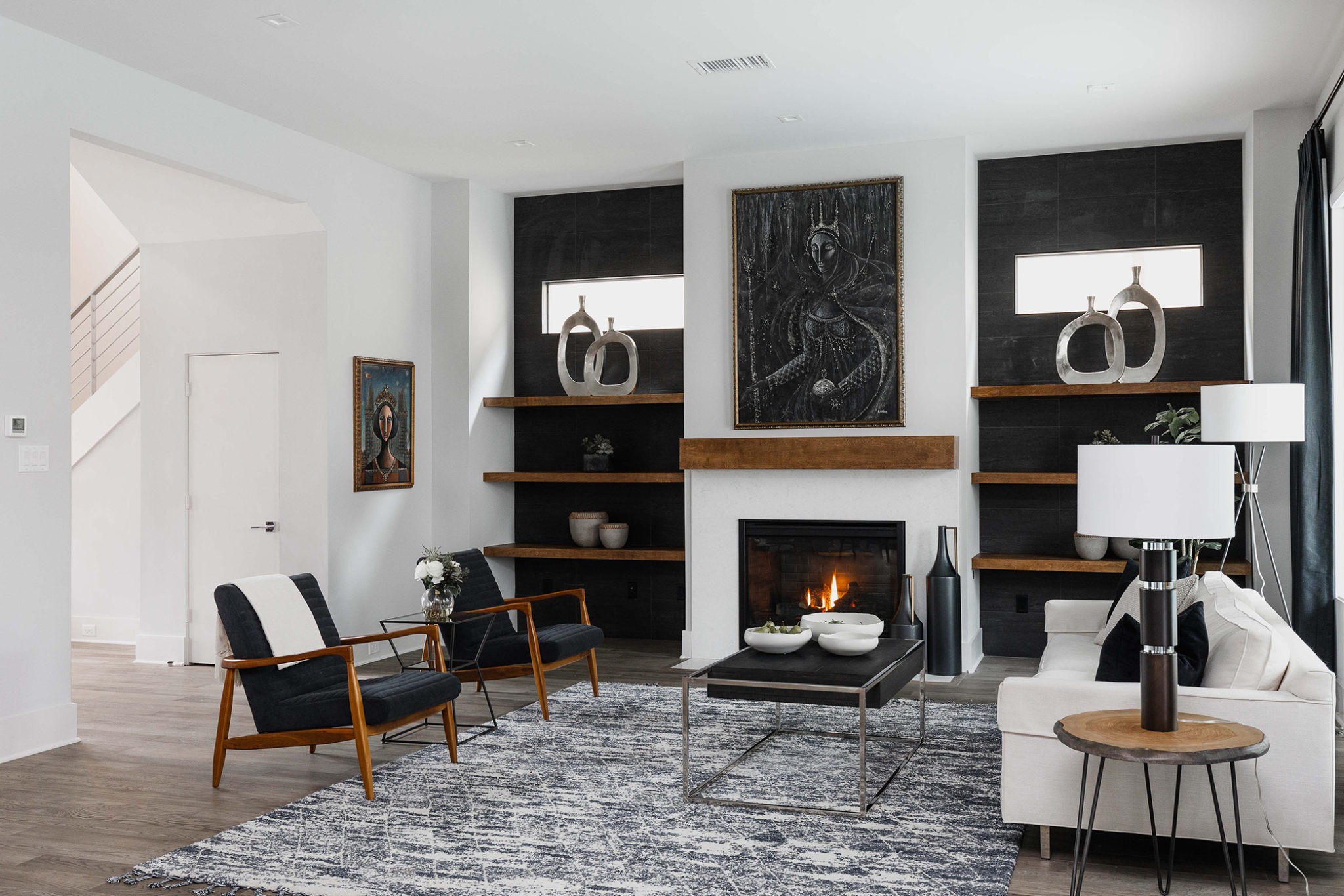
Creating Design for the Efficiency of Energy
Energy consumption significantly impacts climate change, and buildings significantly contribute to greenhouse gas emissions through their energy usage. I believe architects and interior designers have a critical role in enhancing a building’s energy efficiency.
Key areas of influence include effective insulation through high-quality windows, window coverings, and thermal insulating materials like carpets. Smart design choices, such as selecting lighter colors and integrating reflective surfaces, can reduce the energy needed for lighting.
Additionally, embracing home automation and “green gadgets” allows remote control of heating and lighting systems, promoting efficient and eco-friendly energy usage. This holistic approach not only benefits the environment but also fosters sustainable living.
Design with Minimal Environmental Impact
In my quest for environmentally conscious choices, I place great importance on our choices when it comes to materials and products with a minimal impact on our environment.
There’s a particular allure in opting for organic materials such as wood, wool, and stone, especially when they can be traced back to responsible and sustainable sources.
This perspective goes beyond simply the immediate consequences of materials and their lasting influence on our planet. When we responsibly source materials and stay mindful of each stage in their lifecycle, it empowers us to make decisions in harmony with sustainability objectives.
By taking a holistic view, we play a role in fostering a world that’s more eco-conscious and environmentally responsible.
Design to Minimize Waste
Interior design holds significant power in waste reduction and sustainability, carrying a substantial responsibility. The design world increasingly embraces new design trends like recycling, upcycling, and repurposing, all encouraging creative ways to breathe new life into “old-fashioned” objects.
Additionally, I consider selecting synthetic materials that either originate from recycled waste or can be renewed and recycled once they’ve served their purpose.
This cradle-to-cradle philosophy supports a circular manufacturing process, where waste is transformed into the building blocks for creating new products, ultimately reducing or even eliminating waste altogether.
Design for Longevity and Flexibility
My approach to design revolves around the concept of longevity. I believe in crafting spaces that are not just durable but also timeless, capable of withstanding the test of time. The key to achieving this is prioritizing quality over quantity and opting for design classics over fleeting trends.
However, I also acknowledge that flexibility is the other side of the coin regarding longevity. As people’s tastes and lifestyles evolve, they desire spaces that can grow and transform, reflecting those changes.
This dual commitment to durability and adaptability ensures that design spaces remain relevant and enduring for years.
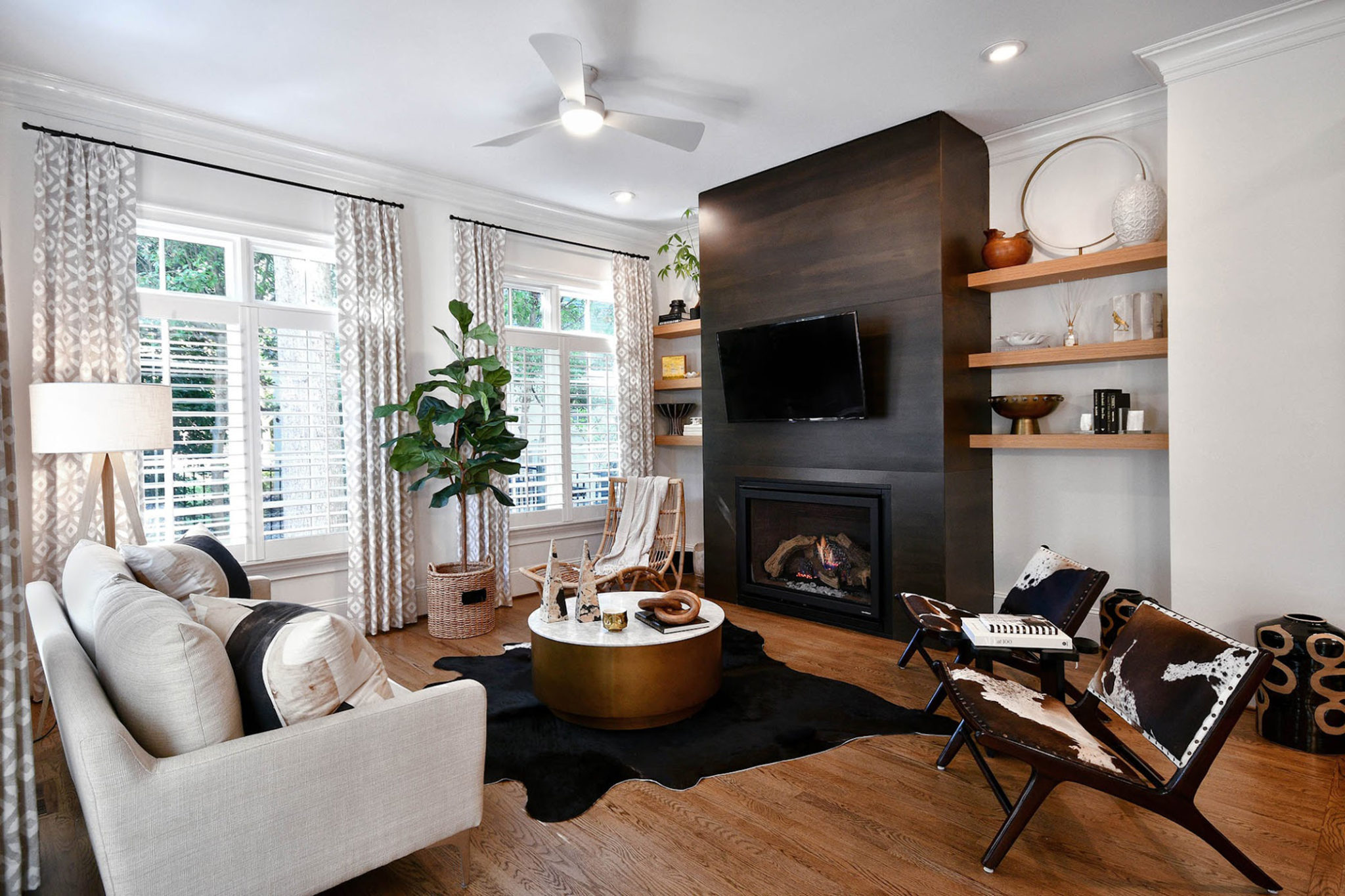
Design for the Healthy Living Environment
I prioritize the health and well-being of occupants in my approach to interior design. Indoor air quality, lighting, and integrating natural elements like plants and carpets are key aspects of creating healthy and sustainable space carpets, which not only help maintain air quality but also function as sound insulators, contributing to the overall comfort and health of those inside.
Moreover, the availability of natural light holds tremendous importance for the overall physical and psychological well-being of individuals, especially within work environments, where it serves as a pivotal factor in alleviating stress and enhancing productivity.
This perspective is in line with the ideals of biophilic design, a concept aimed at rekindling the human-nature connection within our constructed surroundings.
Optimizing Indoor Air Quality for Better Health
Sustainable interior design is a critical aspect of creating healthier and environmentally responsible living spaces.
One of the primary focuses of this approach is to utilize materials that are free from harmful substances and have low levels of VOCs (volatile organic compounds), which can substantially reduce the release of harmful chemicals into the air.
Sustainable design principles encompass enhancing the well-being of occupants through strategies like optimizing natural light and scenic views, facilitating a connection to nature, and crafting environments that promote physical activity and mental health.
It’s a holistic approach that is not only essential for a better living environment but also aligns with our collective responsibility to care for our planet.
Why Proper Ventilation is Essential in Interior Design
I find it fascinating how interior designers now meticulously contemplate placing operable windows and doors at various altitudes, utilizing low air pressure to facilitate a natural phenomenon known as cross-ventilation.
This ingenious approach not only enhances air quality but also significantly impacts human health, promoting a comfortable living experience without overreliance on HVAC systems. To determine the proper ventilation setup, interior design planning will be helpful.
What Are the Benefits of Natural Light in Interior Design?
I’ve always been captivated by the interplay of natural light within interior spaces. The benefit of natural light in interior design is striking. It sets the mood, accentuates materials, and infuses energy into a place, making it a unique and essential design element.
Spaces that harness the beauty of natural light create a captivating ambiance and instill a sense of vitality in their occupants. The connection between this positivity and the presence of natural light has intrigued both architects and scientists.
This undeniable link is evident in numerous case studies, ranging from hospice environments and workplaces to educational settings and our homes, all of which benefit from the illuminating and uplifting qualities of natural lighting.
It’s a testament to the profound impact of light on our well-being and the aesthetics of our surroundings.
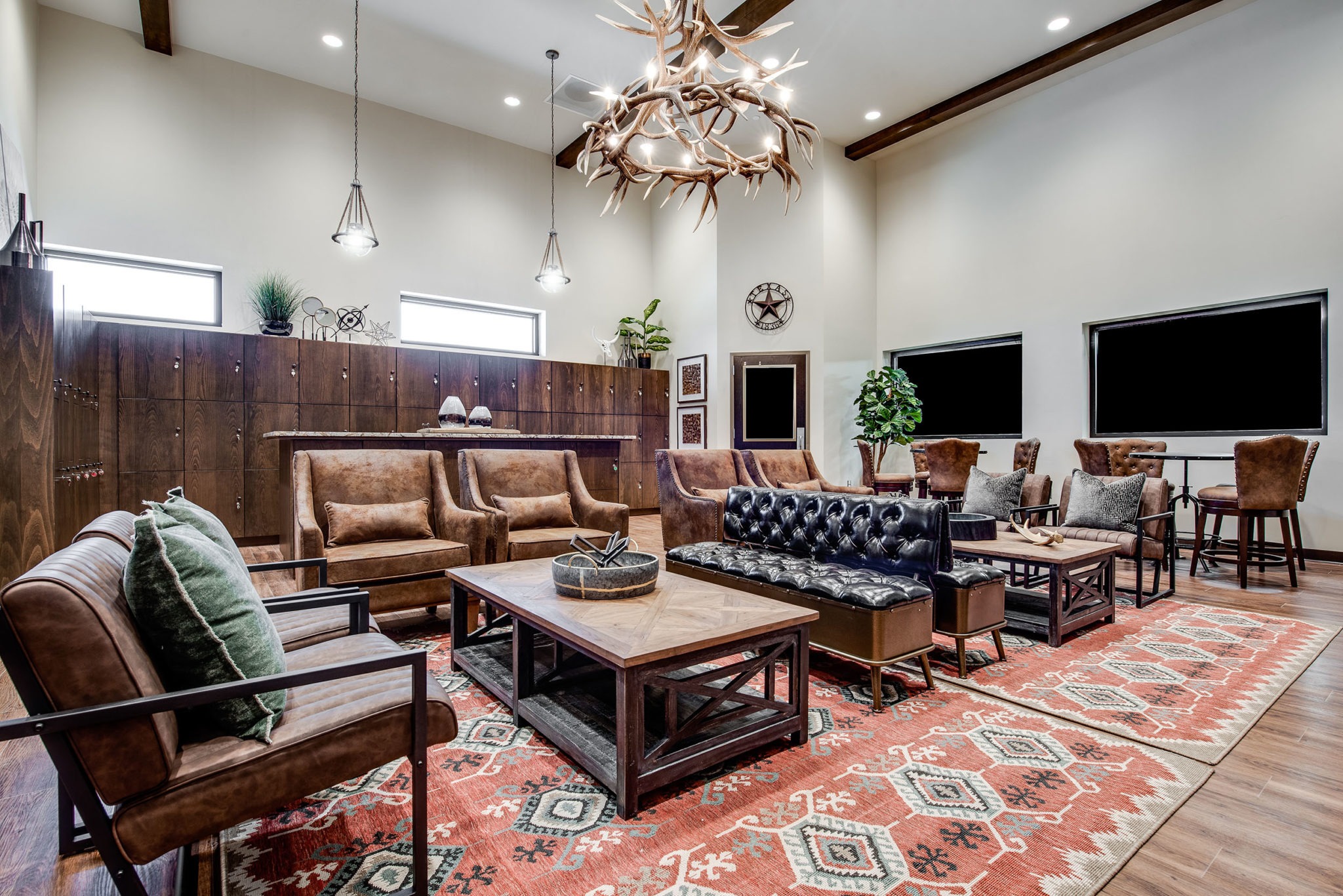
Related Questions
Here are a couple questions I commonly get related to this topic of sustainability.
How Can Interior Designers Help to Create a Sustainable Future?
Interior designers can help create a sustainable future by choosing environmentally-friendly and energy-efficient materials, optimizing natural lighting and ventilation, designing adaptable and long-lasting spaces, and educating clients on sustainable living. Advocating for sustainability standards in the design industry is also key to shifting practices to be more eco-friendly over time.
What Is an Example of Sustainability in Interior Design?
Using locally sourced and recycled materials is an example of sustainability in interior design. For example, a designer may opt for reclaimed wood flooring from a local supplier rather than new hardwoods shipped from far away. Specifying energy-efficient LED lighting, low-VOC paints, and furnishings made from organic textiles are other ways professional interior designers can integrate sustainability into their projects through material selection.
Conclusion
My journey into understanding why sustainability is important in interior design has been enlightening, unveiling the vast potential for crafting elevated and harmonious living spaces. By reshaping interior design with sustainability, we can each contribute to the preservation of our environment and collectively work toward a brighter tomorrow.






